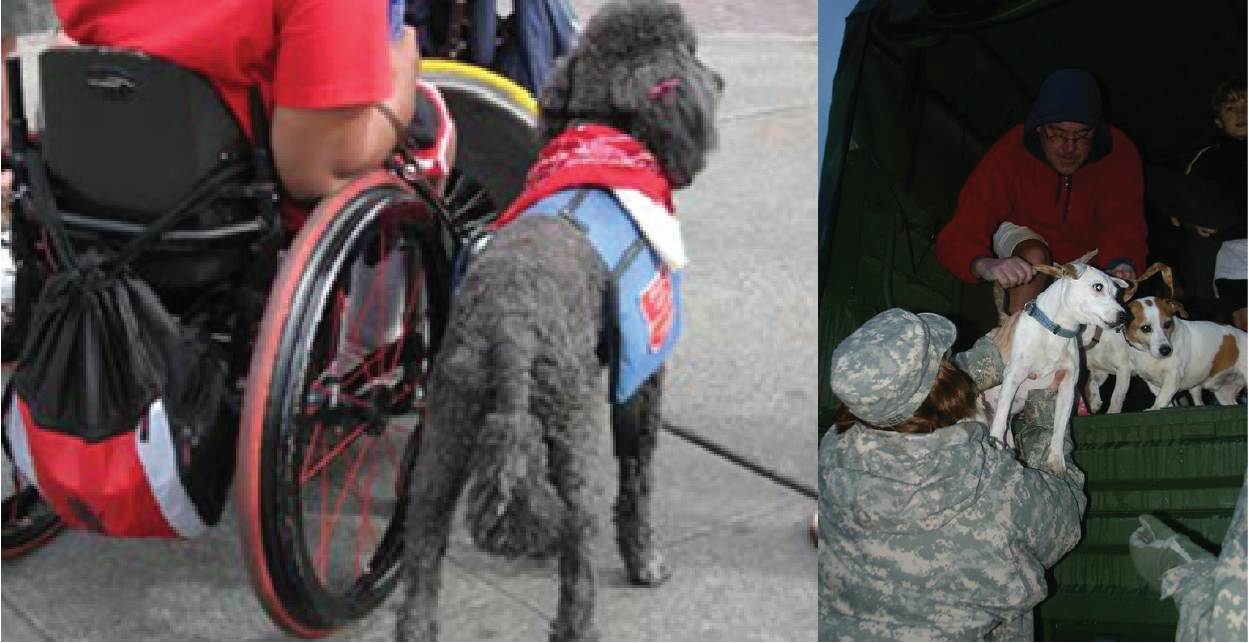Service animals and pets present complexities in managing a chemical incident as personnel supporting their care may be unavailable and owners’ behaviors will reflect their concern for their animals, especially when evacuations are recommended. To promote human (owner) safety in disaster situations, FEMA took on the mission of ensuring animal safety and well-being during disasters, pursuant to the Pets Evacuation and Transportation Standards (PETS) Act of 2006. FEMA is supported in this role by other Emergency Support Function team members (for ESFs #6, #8, and #11, see Appendix F); foremost among these is the USDA Animal and Plant Health Inspection Service (APHIS) Animal Care program. USDA Animal Care assists states in preparing and implementing disaster animal care plans and supports networking and collaboration efforts. With USDA support, the National Alliance of State Animal and Agricultural Emergency Programs (NASAAEP) has developed disaster animal care planning guidance and veterinary “best practices” resources which cover issues such as animal decontamination, evacuation, transportation, sheltering, and disaster veterinary care.



